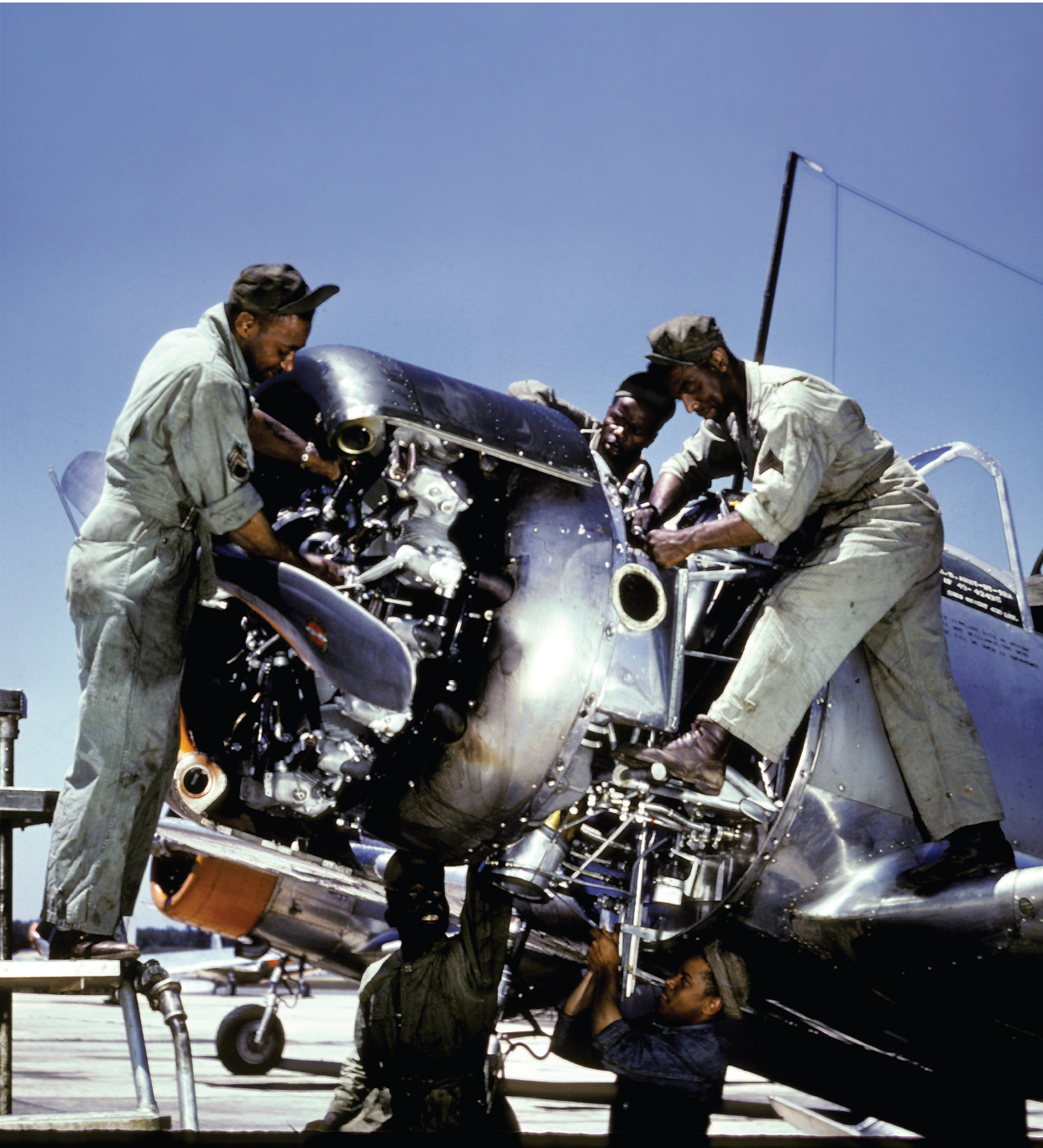Introduction for Chapter 24
CHAPTER 24 The World at War, 1937–1945
IDENTIFY THE BIG IDEA
How did World War II transform the United States domestically and change its relationship with the world?
The Second World War was the defining international event of the twentieth century. Battles raged across six of the world’s seven continents and all of its oceans. It killed more than 50 million people and wounded hundreds of millions more. When it was over, the industrial economies and much of the infrastructure of Europe and East Asia lay in ruins. Waged with both technologically advanced weapons and massive armies, the war involved every industrialized power in Europe, North America, and Asia, as well as dozens of other nations, many of them colonies of the industrialized countries.

The military conflict began on two continents: in Asia with Japan’s 1937 invasion of China across the Sea of Japan, and in Europe with the 1939 blitzkrieg (lightning war) conducted by Germany in Poland. It ended in 1945 after American planes dropped two atomic bombs, the product of stunning yet ominous scientific breakthroughs, on the Japanese cities of Hiroshima and Nagasaki. In between these demonstrations of technological prowess and devastating power, huge armies confronted and destroyed one another in the fields of France, the forests and steppes of Russia, the river valleys of China, the volcanic islands of the Pacific, and the deserts of North Africa.
“Armed defense of democratic existence is now being gallantly waged in four continents,” President Franklin Delano Roosevelt told the nation in January 1941. After remaining neutral for several years, the United States would commit to that “armed defense.” Both FDR and British prime minister Winston Churchill came to see the war as a defense of democratic values from the threat posed by German, Italian, and Japanese fascism. For them, the brutal conflict was the “good war.” When the grim reality of the Jewish Holocaust came to light, U.S. participation in the war seemed even more just. But as much as it represented a struggle between democracy and fascism, it was also inescapably a war to maintain British, French, and Dutch control of colonies in Africa, India, the Middle East, and Southeast Asia. By 1945, democracy in the industrialized world had been preserved, and a new Euro-American alliance had taken hold; the future of the vast European colonial empires, however, remained unresolved.
On the U.S. domestic front, World War II ended the Great Depression, hastened profound social changes, and expanded the scope and authority of the federal government. Racial politics and gender roles shifted under the weight of wartime migration and labor shortages. The pace of urbanization increased as millions of Americans uprooted themselves and moved hundreds or thousands of miles to join the military or to take a war job. A stronger, more robust federal government, the product of a long, hard-fought war, would remain in place to fight an even longer, more expensive, and potentially more dangerous Cold War in the ensuing years. These developments, which accelerated transformations already under way, would have repercussions far into the postwar decades.